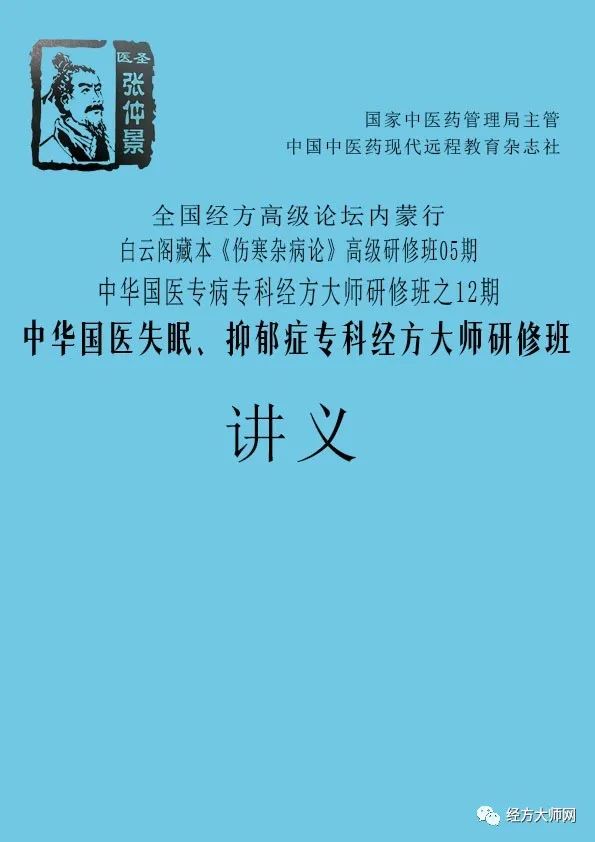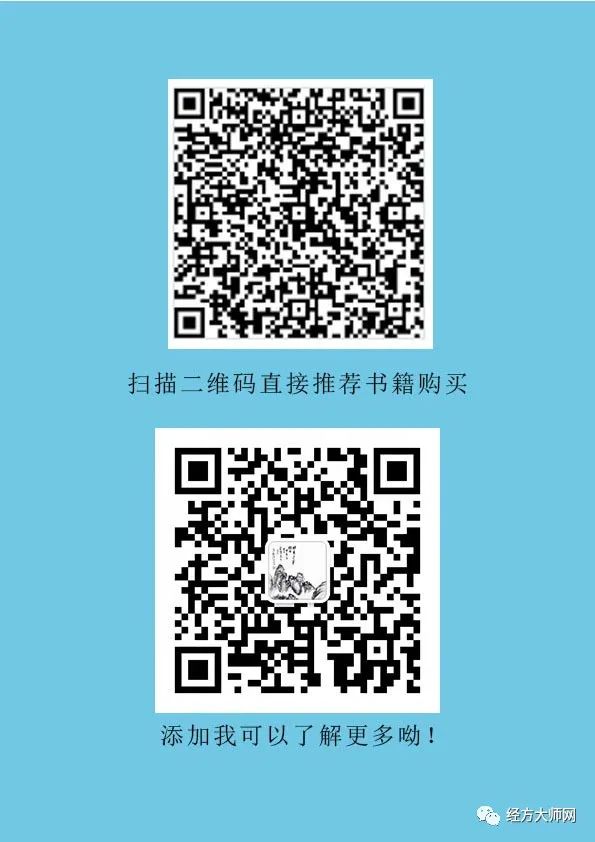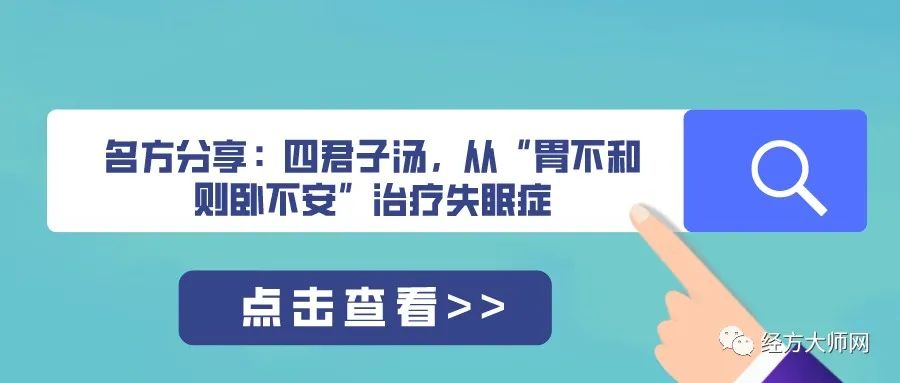Fuzi (Aconiti Radix) is the lateral root of the plant Aconitum, belonging to the Ranunculaceae family.Yun Tieqiao said:“Fuzi is the most useful, yet the most difficult to use.”“Most useful” refers to Fuzi’s ability to save lives in critical situations, known as the first-class medicine for reviving yang and rescuing from peril;Fuzi can also strengthen the body, as it is said to circulate through the twelve meridians, warming the internal organs, bones, and marrow, while externally warming the muscles and skin. IndicationsFuzi is indicated for a weak and submerged pulse, and is also used to treat pain.Fuzi is an ancient rescue medicine, often used for severe vomiting, diarrhea, and critical conditions characterized by a weak or submerged pulse, cold extremities, and excessive sweating. For example, many formulas containing Fuzi in the “Shang Han Lun” (Treatise on Cold Damage) document pulse patterns. From the original text of the “Shang Han Lun”, Zhang Zhongjing placed great importance on the pulse patterns associated with Fuzi, noting not only weak and submerged pulses but also submerged pulses that are difficult to detect, weak pulses, and slow pulses. The submerged and weak pulse is the most typical.The so-called submerged and weak pulse refers to a pulse that is extremely thin and weak, felt like a floating thread, almost imperceptible; or a submerged pulse that only becomes palpable with firm pressure to the bone, which is a unique pulse pattern of Fuzi syndrome. The author refers to this as the “Fuzi pulse.” This pulse is often seen in patients who have experienced excessive sweating, severe diarrhea, significant blood loss, major illnesses, or extreme fatigue, as well as in patients weakened by long-term illness, elderly individuals, or infants. Symptoms accompanying this pulse often include:① A grayish complexion without luster, lethargy, extreme fatigue, and a weak voice;② Aversion to cold, with cold extremities;③ Loose stools or diarrhea, often with undigested food, accompanied by abdominal fullness and pain;④ Edema, especially pitting edema in the lower limbs, and sometimes ascites.If blood pressure is measured, it is often found to be low, with possible decreased heart and kidney function.Thus, the “submerged and weak pulse” should not be understood merely as a symptom, but rather as a state of constitution, which in TCM is referred to as “yang deficiency” or “lesser yin disease.”The Fuzi pulse can also present in special circumstances, one being a sudden change to a floating, large, and weak pulse, often accompanied by profuse cold sweating or agitation, indicating a state of extreme weakness or a precursor to yang qi escaping.Another situation is when the pulse is not weak but rather strong, referred to by Zhang Zhongjing as “tight and string-like,” which is often seen in cases of severe pain.Fuzi is also indicated for pain syndromes.The pain syndromes treated by Fuzi are often severe and may present in the following ways:① Generalized pain without a fixed location, with the patient appearing pale and weak, possibly experiencing chills, spontaneous sweating, or agitation;② Joint pain and stiffness;③ Severe pain in the hypochondrium and abdomen without hardness or resistance to pressure;④ Chest pain radiating to the back, with cold extremities above the elbows and knees.
IndicationsFuzi is indicated for a weak and submerged pulse, and is also used to treat pain.Fuzi is an ancient rescue medicine, often used for severe vomiting, diarrhea, and critical conditions characterized by a weak or submerged pulse, cold extremities, and excessive sweating. For example, many formulas containing Fuzi in the “Shang Han Lun” (Treatise on Cold Damage) document pulse patterns. From the original text of the “Shang Han Lun”, Zhang Zhongjing placed great importance on the pulse patterns associated with Fuzi, noting not only weak and submerged pulses but also submerged pulses that are difficult to detect, weak pulses, and slow pulses. The submerged and weak pulse is the most typical.The so-called submerged and weak pulse refers to a pulse that is extremely thin and weak, felt like a floating thread, almost imperceptible; or a submerged pulse that only becomes palpable with firm pressure to the bone, which is a unique pulse pattern of Fuzi syndrome. The author refers to this as the “Fuzi pulse.” This pulse is often seen in patients who have experienced excessive sweating, severe diarrhea, significant blood loss, major illnesses, or extreme fatigue, as well as in patients weakened by long-term illness, elderly individuals, or infants. Symptoms accompanying this pulse often include:① A grayish complexion without luster, lethargy, extreme fatigue, and a weak voice;② Aversion to cold, with cold extremities;③ Loose stools or diarrhea, often with undigested food, accompanied by abdominal fullness and pain;④ Edema, especially pitting edema in the lower limbs, and sometimes ascites.If blood pressure is measured, it is often found to be low, with possible decreased heart and kidney function.Thus, the “submerged and weak pulse” should not be understood merely as a symptom, but rather as a state of constitution, which in TCM is referred to as “yang deficiency” or “lesser yin disease.”The Fuzi pulse can also present in special circumstances, one being a sudden change to a floating, large, and weak pulse, often accompanied by profuse cold sweating or agitation, indicating a state of extreme weakness or a precursor to yang qi escaping.Another situation is when the pulse is not weak but rather strong, referred to by Zhang Zhongjing as “tight and string-like,” which is often seen in cases of severe pain.Fuzi is also indicated for pain syndromes.The pain syndromes treated by Fuzi are often severe and may present in the following ways:① Generalized pain without a fixed location, with the patient appearing pale and weak, possibly experiencing chills, spontaneous sweating, or agitation;② Joint pain and stiffness;③ Severe pain in the hypochondrium and abdomen without hardness or resistance to pressure;④ Chest pain radiating to the back, with cold extremities above the elbows and knees.
Formulas
1. Diseases characterized by a submerged and weak pulse and cold extremitiesSubmerged and weak pulse with cold extremities is often seen in heart failure, various types of shock, etc.Fuzi is often combined with Gan Jiang (Dried Ginger) and Gan Cao (Licorice), as in the Si Ni Tang (Frigid Extremities Decoction).Si Ni Tang is a traditional cardiotonic and pressor agent.Famous physicians from later generations who excelled in using Si Ni Tang include the renowned “Fire God School” physicians from the southwest, such as Wu Peiheng and Fan Zhonglin.Si Ni Tang is suitable for conditions of deficiency and cold, which often arise from extreme fatigue, cold exposure, prolonged high fever, severe diarrhea, vomiting, or significant blood loss, presenting with a dull complexion, apathetic demeanor, low blood pressure, cold extremities, or cold sweating, and a weak and fine pulse.Si Ni Tang is often modified in clinical practice. Common modifications include:—— Adding Ren Shen (Ginseng), known as Si Ni Jia Ren Shen Tang, suitable for those with profuse cold sweating or significant blood loss.—— Adding Rou Gui (Cinnamon), Gui Zhi (Cinnamon Twig), Long Gu (Dragon Bone), Mu Li (Oyster Shell), etc., suitable for palpitations, cold sweating, and a large, weak pulse.—— Adding Ren Shen, Mai Dong (Ophiopogon), and Wu Wei Zi (Schisandra), suitable for those with shortness of breath, profuse sweating, and a red, tender tongue.—— Adding Ren Shen and Bai Zhu (White Atractylodes), known as Fuzi Li Zhong Tang, suitable for deficiency and cold diarrhea.—— Adding Huang Lian (Coptis), used for dysentery and enteritis with mixed cold and heat.—— Adding Yin Chen (Artemisia), used for jaundice. 2. Diseases characterized by severe painFuzi has a significant analgesic effect, and its combinations vary depending on the type of pain treated.1. Combined with Xi Xin (Asarum) and Ma Huang (Ephedra), as in the Ma Huang Fuzi Xi Xin Tang, suitable for acute lumbar sprains and lumbar disc herniation causing back pain.2. Combined with Shao Yao (Peony), as in the Shao Yao Gan Cao Fuzi Tang and Zhen Wu Tang, suitable for sciatica, lumbar disc protrusion, and vascular inflammation causing leg pain.3. Combined with Gui Zhi (Cinnamon Twig), as in the Gui Zhi Jia Fuzi Tang, suitable for joint pain.4. Combined with Xi Xin and Da Huang (Rhubarb), as in the Da Huang Fuzi Tang, suitable for tumor pain, biliary colic, and renal colic.5. Combined with Da Huang, Gan Jiang, Rou Gui, and Ren Shen, as in the Wen Pi Tang, suitable for abdominal pain due to incomplete intestinal obstruction.
2. Diseases characterized by severe painFuzi has a significant analgesic effect, and its combinations vary depending on the type of pain treated.1. Combined with Xi Xin (Asarum) and Ma Huang (Ephedra), as in the Ma Huang Fuzi Xi Xin Tang, suitable for acute lumbar sprains and lumbar disc herniation causing back pain.2. Combined with Shao Yao (Peony), as in the Shao Yao Gan Cao Fuzi Tang and Zhen Wu Tang, suitable for sciatica, lumbar disc protrusion, and vascular inflammation causing leg pain.3. Combined with Gui Zhi (Cinnamon Twig), as in the Gui Zhi Jia Fuzi Tang, suitable for joint pain.4. Combined with Xi Xin and Da Huang (Rhubarb), as in the Da Huang Fuzi Tang, suitable for tumor pain, biliary colic, and renal colic.5. Combined with Da Huang, Gan Jiang, Rou Gui, and Ren Shen, as in the Wen Pi Tang, suitable for abdominal pain due to incomplete intestinal obstruction.
3. Diseases characterized by generalized edema
1. Combined with Bai Zhu, Fu Ling (Poria), and Shao Yao, as in the Zhen Wu Tang. Originally indicated for “palpitations below the heart, dizziness, body tremors, and a desire to lie down.”“Abdominal pain, difficulty urinating, heavy and painful limbs, and diarrhea.” In later generations, it is often used for edema accompanied by palpitations, dizziness, abdominal pain, etc., known as yang deficiency with water flooding syndrome. Currently, it is frequently reported in cases of congestive heart failure, chronic glomerulonephritis, nephrotic syndrome, chronic renal failure, hypoproteinemia, side effects of adrenal cortex hormones, and hypothyroidism.
2. Combined with Niu Xi (Achyranthes), Che Qian Zi (Plantago), Rou Gui, Di Huang (Rehmannia), Fu Ling, and Ze Xie (Alisma), as in the Ji Sheng Shen Qi Wan. This formula is suitable for renal edema and ascites.

4. Deficiency asthma
Bronchial asthma, chronic bronchitis, and pulmonary heart disease often present with a dark complexion, chills, and cough with wheezing, or in patients who have been on corticosteroids for a long time, often belong to deficiency asthma.
1. Combined with Rou Gui and Di Huang, as in the Shen Qi Wan (Fuzi, Rou Gui, Shu Di Huang, Shan Yao, Shan Yao, Fu Ling, Ze Xie, Dan Pi), the “Jin Gui Yao Lue” states, “For shortness of breath with slight fluid retention, urination should be addressed. Ling Gui Zhu Gan Tang and Shen Qi Wan are both indicated.” It is also used for “deficiency labor with low back pain, tightness in the lower abdomen, and difficulty urinating,” for patients with bronchial asthma and chronic bronchitis who present with weak lower back and knees, frequent urination, slight edema, and dull pain in the abdomen, regular use of Shen Qi Wan can improve constitution and prevent recurrence.
2. Combined with Xiao Qing Long Tang. For asthma with chills, no sweating, a submerged and weak pulse, a dark and moist tongue with a white slippery coating, Fuzi combined with Xiao Qing Long Tang is effective. Modern physician Zhu Weiju has such an empirical formula.
3. Combined with Gui Zhi Jia Long Gu Mu Li Tang and Zhi Gan Cao Tang. Based on personal experience, for patients with chronic asthma who are weak and thin, with palpitations and a large, weak pulse, Gui Zhi Jia Long Gu Mu Li Tang and Zhi Gan Cao Tang with Fuzi can have a steroid-sparing effect.

References
1. When using Fuzi in emergencies, it is crucial to accurately identify the syndrome and act quickly.
2. When using Fuzi for chronic diseases, it is necessary to identify the constitution. Fuzi is more suitable for those with a yin-cold constitution. A yin-cold constitution is characterized by a dull, pale, or dark yellow complexion, soft muscles, weak upon palpation, dry skin, facial puffiness upon waking, dull or puffy eyes, a spiritless appearance, a fatigued expression, dark and dry lips, a pale and swollen tongue with tooth marks, and a white (or black) moist or slippery coating. Such individuals often have an aversion to cold and prefer warmth, with cold extremities, especially in the lower body, easy fatigue, a preference for rest over activity, frequent loose stools, clear and prolonged urination, and little thirst or a preference for warm drinks.
3. For analgesic purposes, a large dose is used; for warming yang, a small dose is used. Zhang Zhongjing used Fuzi in two dosage ranges. A large dose (3-5 pieces) is often used for treating joint pain or severe abdominal pain; a small dose (1-2 pieces) is often used for treating submerged and weak pulses and cold extremities. Therefore, large doses are used for pain relief, while small doses are used for warming yang.
4. The preparation method for Fuzi. ① Pre-boiling method: Fuzi is pre-boiled to reduce toxicity. ② Boiling in water: Some propose a new method of boiling Fuzi, which involves grinding Fuzi into a coarse powder, boiling in water for 10 minutes until the numbing taste is gone. When boiling Fuzi, sufficient water must be added at once, without adding cold water midway, as per the experience of the old physician Zhu Liangchun. ③ Combined boiling method: Fuzi is boiled with Gan Jiang and Gan Cao to enhance efficacy and reduce toxicity. Tao Hongjing in the “Bencao Jing Jizhu” states, “Common formulas using Fuzi must combine with Gan Cao, Ren Shen, and Sheng Jiang to counteract its toxicity.”
5. The principle of gradually increasing the dosage of small amounts.
6. Management of Fuzi poisoning: In ancient times, sweet licorice, Huang Lian, Rou Gui, mung beans, and black beans were used to detoxify. In modern times, atropine, procaine, and 1%-2% tannic acid are often injected for gastric lavage, with appropriate use of emetics, activated charcoal, and supportive measures such as warming and oxygenation. Drinking strong tea also has a detoxifying effect, aiming to precipitate alkaloids.

Recommended Books


Previous Featured Articles


